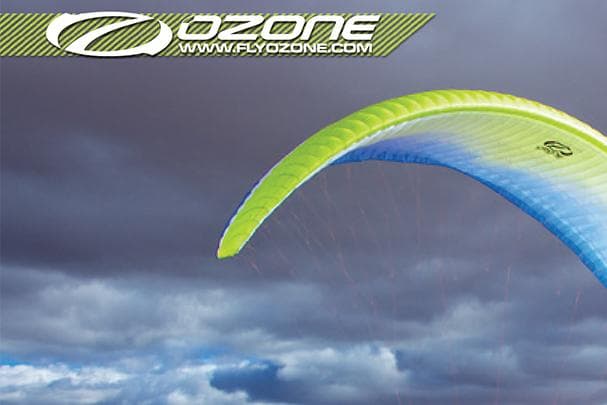

The BBHPP - See Video, and Learn More.
Published on:
17 Dec 2009
There has been a great deal of mystery and debate swirling around the BBHPP since it was unveiled in Italy, where it won the PWC Superfinal Event and the Overall 2009 Season. We apologize for being so quiet until now, however due to the nature of the wing and the upcoming competition season, we don't want to reveal too much. At this point we would like to give you a few more details about the wing. We hope that the video shown here and the FAQ's below will answer more of your questions. We will be revealing even more as time goes on, but for now this is all we can tell. Please stay tuned for more. To watch a video of the BBHPP in action, from launch to landing, please click here. BBHPP - Frequently Asked Questions Q. Does going from 3 lines to 2 lines really make that big of a performance difference? A. This design transition (provided that all other parameters are identical) saves about 25-28% in line length including brake lines. The strength of a line increases as the square of the diameter, but drag increases in linear proportion to the diameter, which means that this is a very significant reduction in line drag, which translates to improvements in glide and speed. Q. Do I have to set it up like a Hang Glider? A. No. the carbon mini rods are inserted during production and never need to be removed from the wing. They are extremely light and small, and the total amount of carbon in the wing is just 150gms, which is not very much! The BBHPP is as fast and easy to lay out and launch as a normal PG, if not easier. Q. Does it fit in a rucksack? A. Yes, no problem. Because the mini rods are so short and only in part of the wing’s chord, the BBHPP folds up very small. Q. How long does it take to pack up? A. Packing the BBHPP is easier than a normal wing, as accordion folding the Leading Edge is a cinch. It fits into a normal backpack, even with your huge competition harness, very easily. Q. What happens if one or a few of the rods break? A. The glider continues to fly as normal. Q. How much does it weigh? A. It only weighs 5.7kg, which is less than an average LTF 2 / EN C! Q. Is this really the first 2-line design? A. Other 2 liners have been flown before. However the BBHPP is the first really successful 2-line design and the first to complete major XC flights or fly in Competition. Q. Has it been tested? A. Like all other PWC Comp wings, the BBHPP passes the theoretical load test and the flight testing that we have completed in real conditions has more than proved the usability of the wing. The development of carbon in paragliders is still in its infancy and we, as others, will continue to test all aspects of this new technology. Q. Can it do big ears and spiral? A. Yes it can. Although all high aspect ratio comp wings do not descend very well in big ears, the BBHPP can perform this maneuver as well as spiral dives. However, with so much glide and speed it’s usually easier to use it to your advantage and fly away from the areas you wish to avoid. Q. Can it traverse the entire length of the French Alps and make it home as easy jet carry-on baggage? A. Yes, it can! Just ask Dav Dagault, who took the BBHPP for a routine test flight in August 2009 and landed 333kms away for a new Alpine Distance Record. Q. Has the performance been proven in competition? A. The BBHPP won the PWC Superfinal and the Overall 2009 Season piloted by Charles Cazaux and Russ Ogden. We'd say that yes, this has more than proven the performance.


















